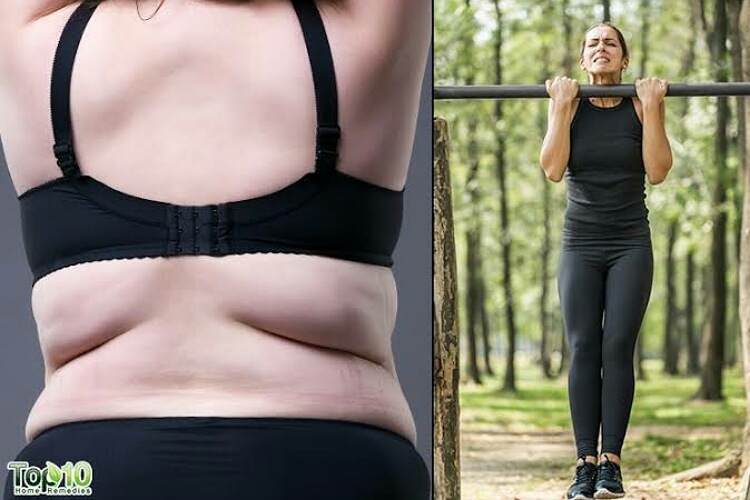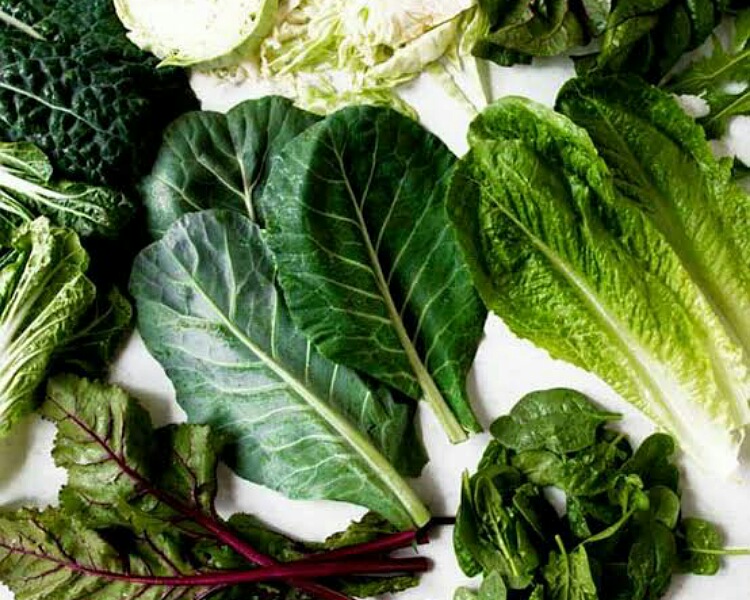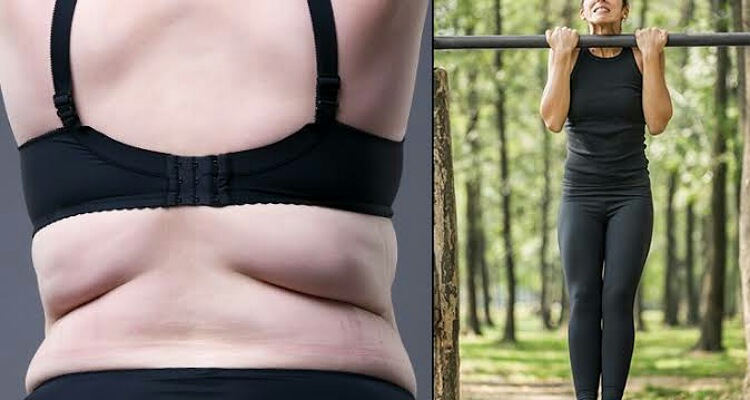Excessive back fat can be troublesome. What are the causes of it? And how to get rid of this excess fat?
Back fat and the causes
There are innumerable searches on the internet to know how to get rid of the excess back fat! Every month, people do nearly an average of 2.9k searches on back fat exercises. But one should know that in most people, this fat accumulation in the back part of the body could be absolutely a normal phenomenon. Former professional athlete Henry Barratt says:
‘Back fat accumulates slowly over time,’
‘Each 10 year period, starting from 30 years of age, it becomes more noticeable how hard it is to shift, especially around the “love handles”, “muffin tops” and behind the bra strap,’

This is due to somatopause. In this, with age, growth hormone declines in the body. New muscle buildup reduces and back muscles turn into fat especially in the upper back part. Moreover, high sugar or salt intake and subsequent inflammation can also cause it. More calories intake along with sedentary lifestyle is another contributory factor. Poor posture makes softer areas prominent. Hence, they bulge out and lead to the appearance of more fat there.
The pathological causes of high amount of this back fat are insulin resistance, high testosterone, low carb tolerance, diabetes, PCOS (polycystic ovarian syndrome) and infertility.
When is it called excessive back fat?
Genes also determine how the fat is distributed in the body. It is hard to say how much fat in the back is excessive back fat. As per the Royal College of Nursing, women in the age group of 20 to 40 years should have total body fat of around 15 to 31%. And after 40 years, this amount would increase further. Dr. Rebecca Robinson who is a sports consultant and specializes in exercise medicine states:
‘While healthy levels are usually between 15 and 31% for women, this is really individual,’

Foods to reduce back fat
Henry opines:
‘Exercise is important to help change body composition, however, the most gains can be made by changing nutritional habits’,
A balanced and wholesome diet is vital. The focus should be on energy and nutrient dense foods. Nutritionist Jenna Hope explains:
‘Fuelling yourself with energy-dense foods is necessary to ensure sustainable and maintainable fat loss in the long term,’
She recommends adding these 7 foods in your daily diet.
Avocados-These keep you full for a longer time
Chick peas-These contain protein and dietary fiber and are filling
Eggs-They reduce food cravings and control blood sugar
Almonds-These have the right combination of protein and healthy fats
Salmon-The oily or fatty fish support healthy insulin function

Milk- The whey proteins fill the stomach and also control blood sugar
Also, read Weight loss without dieting: the new trend to remove excess flab!
Green leafy vegetables-These are rich in dietary fiber and micronutrients
But Jenna cautions:
‘while these foods are helpful in contributing to satiety and managing blood sugar levels, no one food will cause fat loss. Fat loss is a combination of diet, sleep, exercise, lifestyle and stress among many other factors.’
